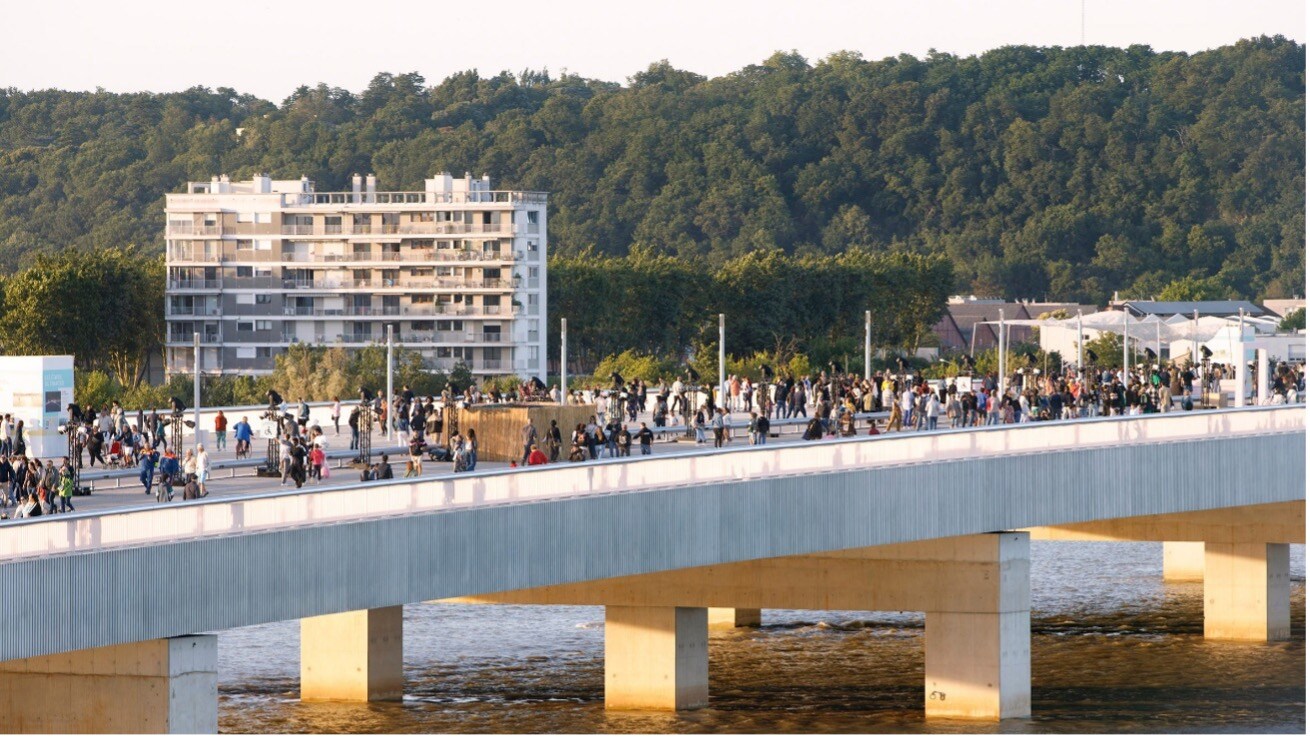Anti-Iconic Architecture
How does something become anti-iconic? What does architecture become if it’s not a landmark?
These are the questions explored by OMA in their recently completed bridge project in Bordeaux, France.
The Simone Veil Bridge reimagines this typical connector as a public space, not only a means to cross the River Garonne, providing pedestrians almost equal widths to cars—28 metres of “neutral, unprogrammed space”, inspired by Venice's iconic Rialto Bridge.
"Our design for the Simone Veil Bridge is like a stage but without the theatre," notes OMA partner Chris van Duijn. "In an era of icons and landmarks, it is very special that the city of Bordeaux decided to build this anti-iconic design."
With this direction from the client, OMA used the project to critique contemporary bridge design. OMA founder, Rem Koolhaas, explained that this bridge serves as an alternative to the ‘landmark’ bridges found in many cities, which often require highly complex and costly engineering solutions.
"Instead of spending its budget on structural gymnastics, it doubles the width with a public space to serve and connect the two adjoining communities that so far have not developed a strong identity."
Who knows, with OMA at the helm, perhaps this ‘anti-icon’ won’t be so understated after all!






